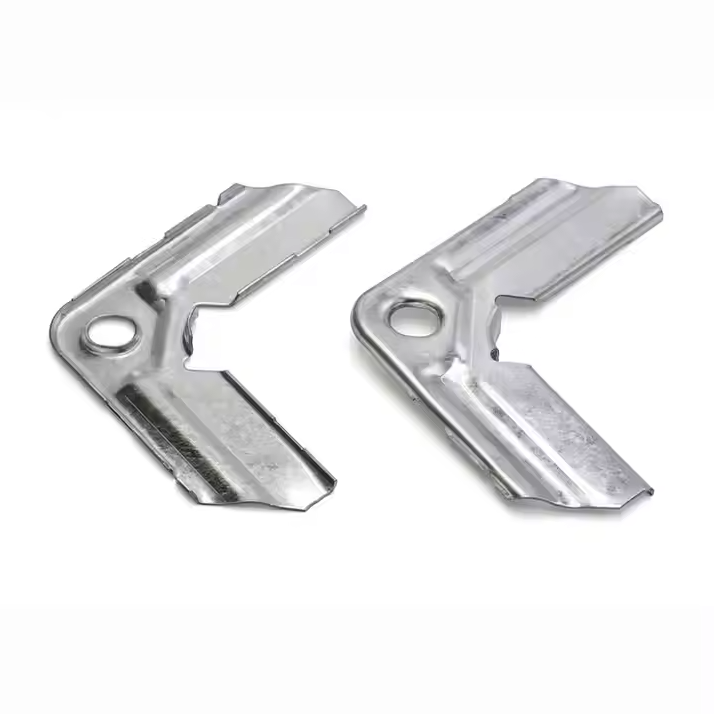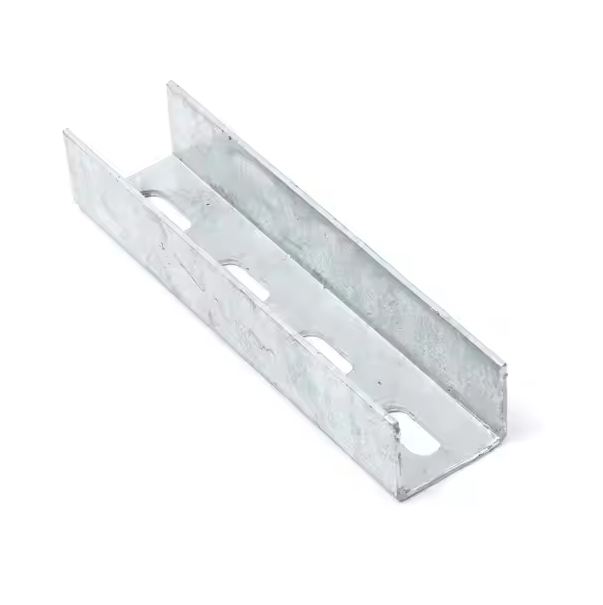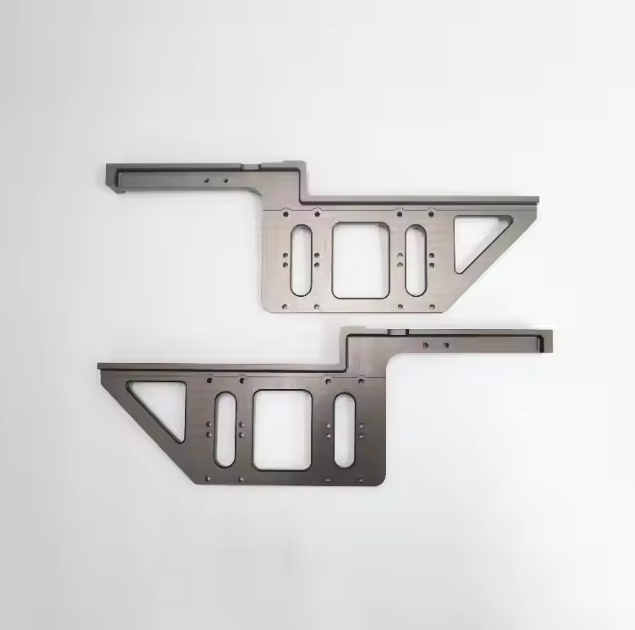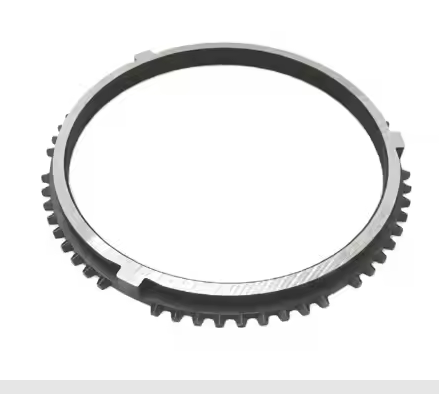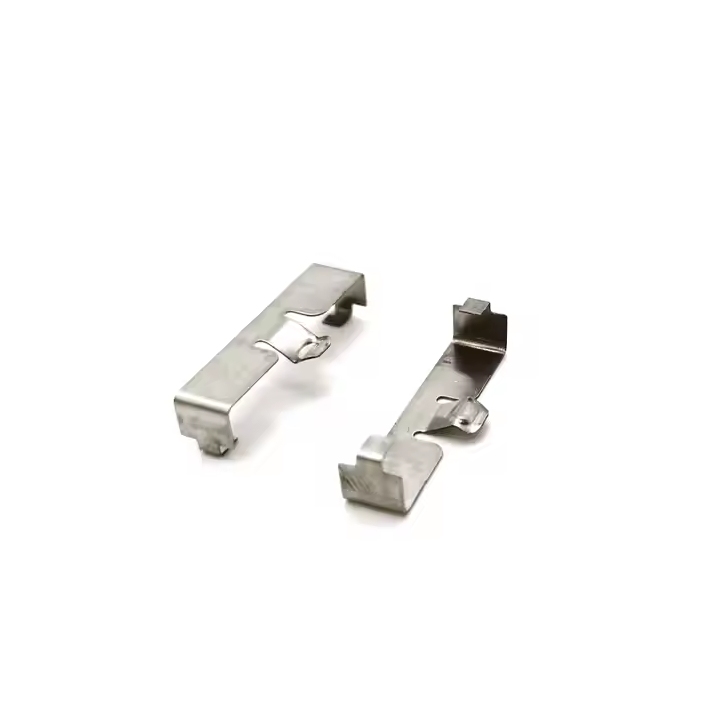Polishing refers to a processing method that uses mechanical, chemical or electrochemical effects to reduce the surface roughness of a workpiece to obtain a bright and flat surface. It is a modification process on the surface of a workpiece using polishing tools and abrasive particles or other polishing media. Polishing cannot improve the dimensional accuracy or geometric shape accuracy of the workpiece, but is intended to obtain a smooth surface or mirror gloss, and is sometimes used to eliminate gloss (matte).

Main steps of polishing
Step 1: Roughing or Sanding
This step removes the scratches and abrasions left by cutting and welding metals. It can be done on the entire surface or on parts of a component.
Some of the tools used in roughing include random orbital sanders, sandpaper, polishers, and angle grinders.
Random orbital sanders are great for the entire surface and can handle a variety of metals, including steel and aluminum. Polishers press over the surface, smoothing out any roughness and leaving a shiny surface.
Step 2: Polishing
Once the surface roughness has been dealt with, the next step is to apply abrasive paste to the surface and spread it with a polishing sponge to achieve a more reflective surface finish. You can get different grades based on different hardness.

Step 3: Brightening
Brightening is the process of using special equipment with a soft and delicate surface to increase the brightness of the workpiece. For example, for tableware, an airflow mop can also be used during the brightening process to ensure the consistency of the surface brightness.
Step 4: Protection
Most metal surfaces degrade when exposed to oxygen, water or high temperatures, causing the surface to rust and lose its luster. The last step involves applying a protective layer composed mainly of wax or grease, depending on the component. The ultimate goal of the coating is to extend the working life of the component.
Introduction to main polishing materials
Polishing is a universal surface treatment technology applicable to various metals. Different metals may require specific polishing methods and tools, but in general, the following metals usually require polishing:
Stainless Steel: This is a common choice for polishing due to its corrosion resistance and aesthetic qualities. Polishing stainless steel can enhance its luster, remove surface imperfections, and help achieve a clean, polished surface.
Aluminum: This is a lightweight metal that is commonly used in a variety of industries. Polishing aluminum improves its appearance and helps prevent oxidation. This is especially important for applications that require a polished, corrosion-resistant surface.
Brass: This is a mixture of copper and zinc. It is known for its gold-like appearance. Polishing brass enhances its luster and maintains its decorative qualities. It is often used in the production of musical instruments, jewelry, and decorative items.
Copper: Like brass, copper is a metal with inherent beauty. The polished copper surface exhibits a reddish-brown luster, making it a perfect choice for decorative elements and artistic applications.
Titanium: Titanium is known for its strength and light weight, and can be polished to achieve a smooth metal surface. Polished titanium is often used in the aerospace industry, medical devices, and high-end sports equipment.
bronze: This is an alloy of tin and copper. It is highly regarded for its historical significance and artistic appeal. The polished bronze surface highlights its warm reddish-brown hue and is often used in sculptures, artwork, and architectural elements.

Polishing Types and Advantages and Disadvantages
Electrolytic Polishing
Electrolytic polishing is also called electrochemical polishing or anodic polishing. The main principle of electrolytic polishing is similar to chemical polishing, where a solvent dissolves small protrusions on the surface to produce a smooth surface. However, compared with chemical polishing, the cathode reaction is eliminated and the polishing effect is improved. Electrolytic polishing removes material from metal workpieces, reduces surface roughness and improves surface finish by smoothing micro-peaks and valleys.

Advantages: It can polish hard materials, soft materials, thin walls, complex shapes, and small parts and products that are difficult to polish by mechanical methods. The polishing time is short, the production efficiency is high, and the cost is low., it increases the corrosion resistance of the product surface and does not cause deformation of the metal surface, etc.;
Disadvantages: The pre-polishing process is more complicated, the electrolyte has poor versatility, the service life is short, the corrosion is strong, and the handling is difficult.
Mechanical polishing
Mechanical polishing is a technique that relies on cutting and plastic deformation of the material surface to obtain a smooth surface by removing polishing protrusions. Mechanical polishing is mainly done manually with grinding rods, felt wheels and sandpaper. For special parts such as rotating bodies, auxiliary tools such as turntables can be used, and for situations where high surface quality requirements are required, precision polishing can be used. In ultra-precision polishing, a unique polishing tool rotates at high speed on the workpiece surface in a polishing liquid containing abrasives. This technology is the best of various polishing methods and can achieve a surface roughness of 0.008m.
Advantages: low cost, simple operation.
Disadvantages: low efficiency, large labor occupation, high labor intensity, high power consumption and consumables. It is easy to cause uneven polishing surface and difficult to control polishing time.
Chemical polishing
A smooth surface is produced during chemical polishing because the micro-convex parts of the material surface are more easily dissolved in the chemical medium than the concave parts. During the chemical polishing process, a passivation layer is formed on the metal surface due to the influence of the solution and the galvanic couple. Chemical polishing directly leads to the smoothing of the micro-roughness and the simultaneous dissolution of the upper layer.
Advantages: Chemical polishing equipment is simple, production efficiency is high, and parts with relatively complex shapes can be processed;
Disadvantages: The polishing quality is not as good as electrolytic polishing, and the polishing liquid used has a short service life. Regeneration is difficult. During the chemical polishing operation, nitric acid will release a large amount of yellow-brown harmful gas, which is very polluting to the environment.
Plasma polishing
Plasma polishing is a new type of environmentally friendly polishing process, also known as nano polishing. Scratch. Widely used in consumer electronics, furniture, medical, automotive, aerospace and other fields.
Advantages: simple operation, good quality, high efficiency, wide application range;
Disadvantages: It only acts on the micro-leveling of the metal surface. Plasma polishing is particularly sensitive to the inhomogeneity and micro-segregation of the chemical composition of the material, so that there is always serious corrosion between the metal matrix and non-metallic impurities. Sometimes, poor metallurgical conditions, uneven metal particle size structure, rolling marks, contamination by salts or oxides, excessive pickling and excessive quenching can have an adverse effect on plasma polishing production.
Applications of Polished Surface Treatment
Polishing is critical in medical applications for surgical instruments to ensure smooth surfaces, reduce the risk of tissue damage, and facilitate sterilization. It is also critical for dental devices, medical implants, and a variety of medical devices to help ensure patient safety and device longevity.

Aerospace Applications
In aerospace, polished surfaces are critical for aircraft components such as engine parts, turbine blades, and interior trims. Polishing reduces friction, improves aerodynamics, and increases fuel efficiency. It is also used in satellite components and solar reflectors for spacecraft to optimize energy absorption in space.

Polishing is critical for connectors and contacts in electrical applications to minimize surface resistance and ensure reliable electrical conductivity. It is also used for wafer planarization in semiconductor manufacturing, improving the flatness and uniformity of surfaces in microelectronics production.

Marine Applications
Marine components such as propellers and navigation instruments are polished to enhance corrosion resistance in saltwater environments. It ensures that critical components remain aesthetically pleasing and functional in harsh marine conditions.
Architectural Applications
Polishing is important in architectural applications for architectural metalwork, stainless steel products, and glass surfaces. It enhances the beauty of architectural elements, provides corrosion resistance for stainless steel, and improves the clarity of glass surfaces in buildings.
Choose Xuanmin's superior polishing solutions
Ensuring that the finished product meets quality requirements is the ultimate goal of any small-batch production or prototyping process. To guarantee that the product meets the necessary standards, surface treatment is one of the most important post-production processes. At Xuanmin, we recognize this and are ready to make your prototyping dreams a reality.
In addition to having the best technicians and manufacturing methods, Xuanmin also provides first-class surface treatments, such as polished surface treatments. To help you choose the option that is best for your machined parts, we work with you. The best news is that we offer competitive prices for all services. Contact us and upload your design files today.
